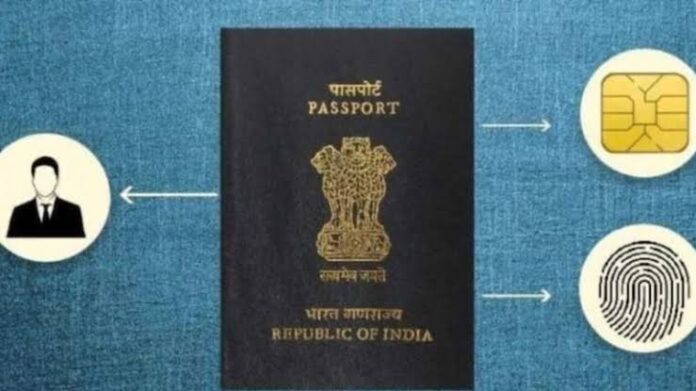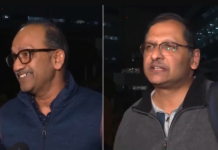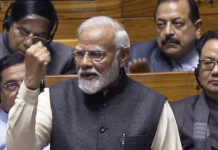
Finance Minister Nirmala Sitharaman stated during the presentation of the Union Budget for the coming fiscal year on Tuesday that the Centre will roll out e-passports with future technology in 2022-23 to improve citizen convenience.
Biometrics and radio-frequency identification will be used to authenticate the identity of the passport bearer in the e-passport, which will be an improvement from traditional printed booklets.
Smart e-passports with protected biometric data have been planned by the government. The issuance of e-passports was initially announced in 2019.
What is an e-passport?
An e-passport will have the same information as a regular printed passport, including the holder’s name, date of birth, and biometric data.
The e-security passport’s features would make it more durable and make it easier for passengers to pass through immigration.
Sanjay Bhattacharya, the Secretary of the Ministry of External Affairs, stated earlier this month that India would soon receive new passports that would comply with the International Civil Aviation Organization’s criteria (ICAO).
How is it going to work?
The e-passports will include a small silicon chip with 64 kilobytes of memory inserted in the jacket. Important security-related data will be encoded on the chip, including the applicant’s digitally signed personal information. The front and back covers of the passports are likely to be thicker, and reading them may take a few seconds. Up to 30 visits are anticipated to be stored in the new passports.
These will also include a digital signature that is specific to each country and can be easily validated with a certificate.
Malicious intentions, such as tampering with the chip, will be detected by the system, and passport authentication will fail immediately in such situations.
Who is going to make it?
The government has given India Security Press of Nashik the contract to procure electronic contactless inlays that meet ICAO criteria (ISP). ISP will also purchase the operating systems that will be used to create the e-passports.
As soon as ISP completes procurement of electronic contactless inlays and operating systems, the government will begin issuing new passports.
How to Get Started
According to Business Insider, the application process for the new e-passports would be the same as for traditional passports. 20,000 official and diplomatic e-passports have been issued by the government thus far, but not to regular Indian citizens. Former Indian President Pratibha Patil received the first e-passport from the government in 2008.












